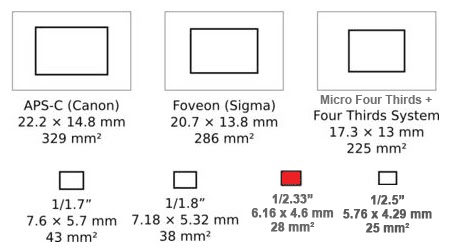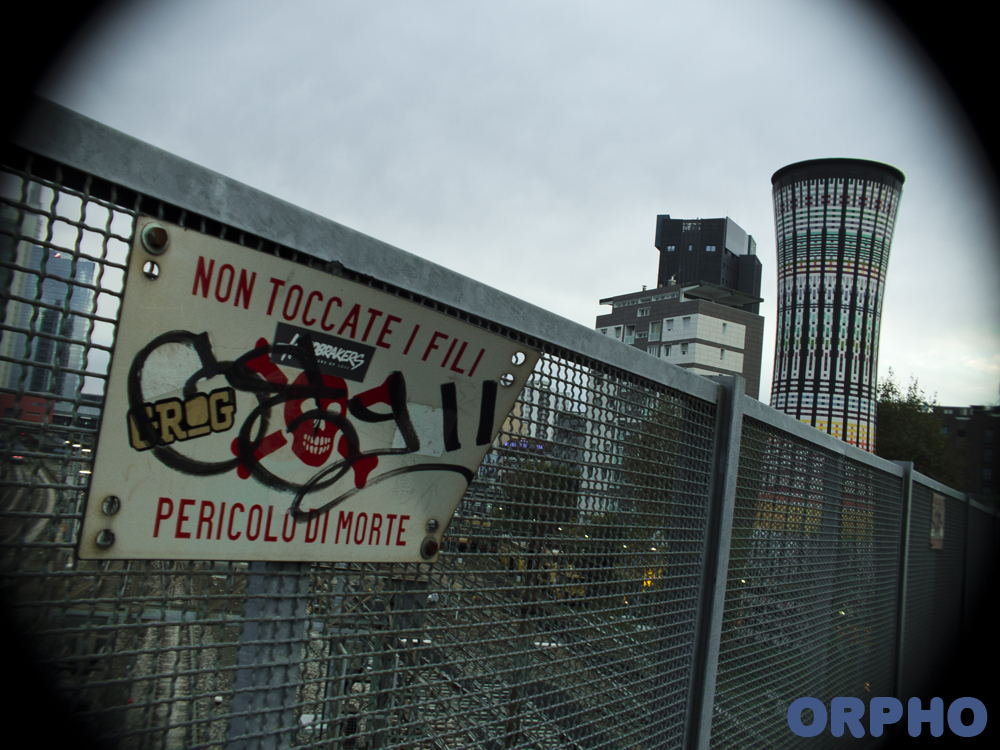Stazione Garibaldi Milano. Pentax Q + Switar 5,5mm f 1,8 400 Iso 1/80 sec. f 5,6
My experience with the 8mm go back at the sixties, when I was a very little child and my uncle gave me his Eumig for shooting a scene at the seaside. We were fully in the Kodacolor years.
Last time I projected the footage I shot, around 10 years ago, I still was very surprised of my early ability in filming and of the brilliance of the colours.
Recently, we are re-discovering many things about our past and of the old tecnologies we used to film, to photograph or to listen to the music and we understand how much love the producers put in building films, lens and all the mechanical gear we used.
Nearly everything was hand made or required hand mounting, hand finishing and human competence.
Now, we are living in the plastic age, the robots are the new workers and when something breaks, it's not possible to repair it.
Thanks to a very cheap chinese D mount adapter I could give a new life, on a digital photo camera, at a precious wide angle lens unused for too much time.
My Pentax Q with a Switar 5,5 mm f 1,8 (serial number 827243) and the D mount P/Q adapter
The Pentax Q has a sensor of mm 6,16 X, 4,6
The 8 mm cine standard frame is mm 4,5 X 3,3
Digital sensor comparison. The Pentax Q has a sensor of 1/2,3″ inch.
8mm cine formats comparison
This means that there is a little difference between the two formats, also if the 8mm was born around 80 years before the digital Pentax Q. And it could be possible to cover the new format with the old lens, also if it is possible having some problems with the wide angles.
I estimate that a focal lenght of 5,5mm on a Pentax Q format should correspond at a 28mm on a 24X36 mm frame.
Usually, this is not an extreme wide angle lens, but on a very little format it's quite difficult to make o to find a wider lens. The Kern-Switar 5,5mm f 1,8 was one of the best wide angle for filming in 8mm.
It's also true that using an old lens to shoot on digital it's always a difficult compromise because films and electronic sensors work in a very different manner.
Before the Sunrise. Milan, via Farini. November 13th 2016. Pentax Q + Switar 5,5mm f 18 Iso 125; 1/25 sec. f 4.
Same shot in a different version (B/N)
Same shot in a different version (B/N)
The lens
The lens is gorgeous, is made with aluminium and brass and has the optical coating. The iris is continuos and has 8 blades. The minimum focus distance is very short: cm 11, so we nearly could call this Kern: Macro Switar. The focusing ring, as the iris ring is very smooth and precise. In this way if we need to open the iris, make the focus and close again the iris, it's possible to make this operation without to change the focusing distance by mistake. But we still need to make attention because the dimensions of the 5,5mm are quite small. Made in Switzerland at the end of the 50's.
Collimation
I've been able to use the Switar 5,5mm on my camera without change the distance at the infinity focus, but the distance reported on the ring didn't correspond at a real value, so I could focus only watching the display of my Pentax Q.
The lens came from a Bolex Paillard DL8. I tested other lens coming from other cameras, as some Claston and others Kern coming from a Bolex Paillard B8. I found that the lens coming from the B8 were the only lens usable on my Pentax Q without perform a new collimation.
Optical collimation is a corretion made with some thin rings to put on the back of the attacmente of the lens so that infinity focus coincides exactly on the focal plan, where the sensor or the film is.
Vignetting & Co.
Because the Pentax Q format is larger than the standard 8mm there is a strong vignetting on the corners of the images. Distorsion is weak, but visible. Chromatic distortion is also visible because the colours focus on different plans on film and on CMOS.
Final Judgement
Working with a full manual lens on a automatic focus digital camera is never funny, you lose time and you need to make additional clicks to be sure to be on focus: also because it's possible to move the focus ring by mistake when you close down the iris after you focused the subject at the iris wide open. Kern-Paillard are the best optics you can find, not only for 8mm, but also for other formats, like 35mm, but using them on a digital camera could be done only to find vintage atmospheres, having an alternative to change lens, for fun, for trying something new, or because these lens are very, very fast. They are not so suggested for a use in colour photography: I think it has more sense use them for black and white photography or for videomaking. Best again for filmaking, also beacause you can still order your 8mm (double 8mm, if you prefere), Super8 or 16mm at http://www.wittnerkinotechnik.de/katalog/04_filmm/d8_filmm.php TG
The lens is gorgeous, is made with aluminium and brass and has the optical coating. The iris is continuos and has 8 blades. The minimum focus distance is very short: cm 11, so we nearly could call this Kern: Macro Switar. The focusing ring, as the iris ring is very smooth and precise. In this way if we need to open the iris, make the focus and close again the iris, it's possible to make this operation without to change the focusing distance by mistake. But we still need to make attention because the dimensions of the 5,5mm are quite small. Made in Switzerland at the end of the 50's.
Collimation
I've been able to use the Switar 5,5mm on my camera without change the distance at the infinity focus, but the distance reported on the ring didn't correspond at a real value, so I could focus only watching the display of my Pentax Q.
The lens came from a Bolex Paillard DL8. I tested other lens coming from other cameras, as some Claston and others Kern coming from a Bolex Paillard B8. I found that the lens coming from the B8 were the only lens usable on my Pentax Q without perform a new collimation.
Optical collimation is a corretion made with some thin rings to put on the back of the attacmente of the lens so that infinity focus coincides exactly on the focal plan, where the sensor or the film is.
Vignetting & Co.
Because the Pentax Q format is larger than the standard 8mm there is a strong vignetting on the corners of the images. Distorsion is weak, but visible. Chromatic distortion is also visible because the colours focus on different plans on film and on CMOS.
Final Judgement
Working with a full manual lens on a automatic focus digital camera is never funny, you lose time and you need to make additional clicks to be sure to be on focus: also because it's possible to move the focus ring by mistake when you close down the iris after you focused the subject at the iris wide open. Kern-Paillard are the best optics you can find, not only for 8mm, but also for other formats, like 35mm, but using them on a digital camera could be done only to find vintage atmospheres, having an alternative to change lens, for fun, for trying something new, or because these lens are very, very fast. They are not so suggested for a use in colour photography: I think it has more sense use them for black and white photography or for videomaking. Best again for filmaking, also beacause you can still order your 8mm (double 8mm, if you prefere), Super8 or 16mm at http://www.wittnerkinotechnik.de/katalog/04_filmm/d8_filmm.php TG






Excellent post, already in 2016! Meanwhile, using D-mount lenses on Pentax Q has become a trend and there are are several vloggers with videos on youtube that explain the process of adapting D-mount cine lenses to Pentax Q, with good results. I bought 2 Kern lenses myself (Bolex 8mm, 1:2.8/36mm; 1:1.5/12.5mm) and hope to be able to use them soon. Thank you very much again for the post, Florin
RispondiElimina